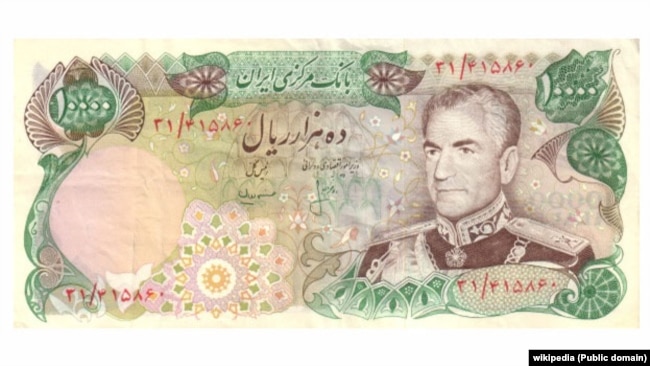Radiofarda – More than $59 billion in hard currency has left Iran during last two years, Islamic Parliament Research Center (IPRC) has disclosed.
According to IPRC, following the United States withdrawal from the Joint Comprehensive Plan of Action (JCPOA) or Tehran’s nuclear deal with world power, more billions are expected to leave Iran in the coming months.
IRPC has also said that $59 billion is a significant figure in Iran’s financial situation, a website close to the speaker of parliament, Khabar Online reported on Monday, May 28.
The capital that left Iran during past twelve months amounts to $39,200 billion which is equal to 83% of Iran’s current annual income from its non-oil exports.
IRPC has also revealed that $20,200 billion capital left the country in 2016.
“Unpredictability of the political and economic situation”, “lack of support for investments in general policies of the government”, “high risk of investment”, “difficulties in conducting business activities” and a trend of relocating to other countries, are the main reasons behind the flight of wealth from Iran.
Most of the people who transfer their money out of the country, aim to buy assets, including houses, and invest in banks and stock markets abroad, the report has noted.
Meanwhile, IRPC’s report has cautioned that, following the flight of significant sums of money in the past two years, the country’s hard currency reserves shows a $16,300 billion decrease.
This means the government has sold hard currency on open market, most probably to meet its domestic financial obligations.
Immediately after recent crisis in Iran’s forex market, President Hassan Rouhani’s administration set a cap on the amount of foreign currency citizens can hold in cash, and sent police to patrol currency exchanges to crack down on black market currency trading.
With exchanges forbidden to sell foreign currency and new rules limiting the amount of foreign currency travelers can take out of the country gold has become the new currency of choice for people hoping to move their money out of the country.
The chairman of the Iran Gold & Jewelry Association, Hossain Pendarvand, said on May 15, “Gold has replaced the dollar in local markets, and despite protective measures taken by the Central Bank of Iran (CBI), money is still finding its way out of the country, but now in the form of gold.”
State-run Iran students News Agency (ISNA) also cited Pendarvand as saying, “The fact that the Gold products’ market is currently suffering from a recession, while the market for melted gold is flourishing, leads to the conclusion that in the absence of the dollar, people have started buying more gold [bullion] and taking it out of Iran.”
Rouhani’s administration decreed April 18 that all ministries, agencies, and offices of the government should use the euro for all foreign currency allocations.
Economists say the government’s strict measures aiming to control the value of rial have failed, as foreign currency exchangers are hoarding U.S. dollars and Iranians who require foreign currency for business or travel are defying the government and turning to the black market, where the rate of the rial against the dollar has skyrocketed.
The flight of capital from Iran has gained more momentum since widespread protests in late December and early January shook the country.
Meanwhile, referring to Iranian financial service entities mushrooming abroad, particularly in Azerbaijan, Georgia and Turkey, prominent Sweden based Iranian economist, Ahmad Alavi told Radio Farda on May 16, “These newly founded financial services offices are the symbols of capital flight from Iran and herald more billions leaving the country.”
 Shabtabnews In this dark night, I have lost my way – Arise from a corner, oh you the star of guidance.
Shabtabnews In this dark night, I have lost my way – Arise from a corner, oh you the star of guidance.





